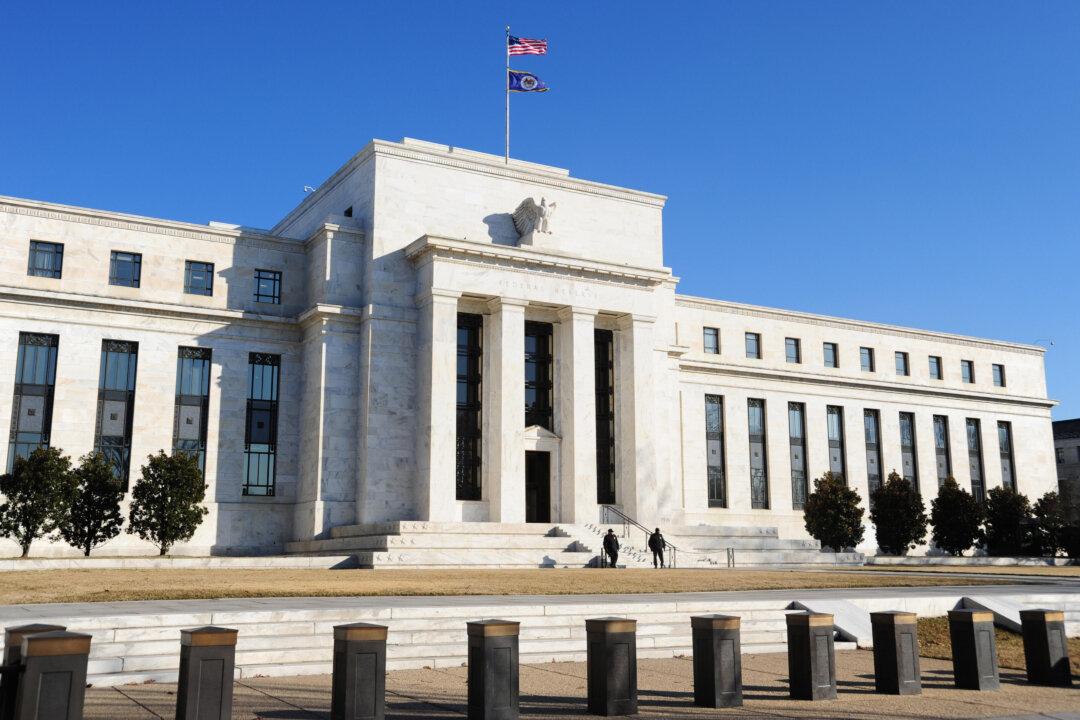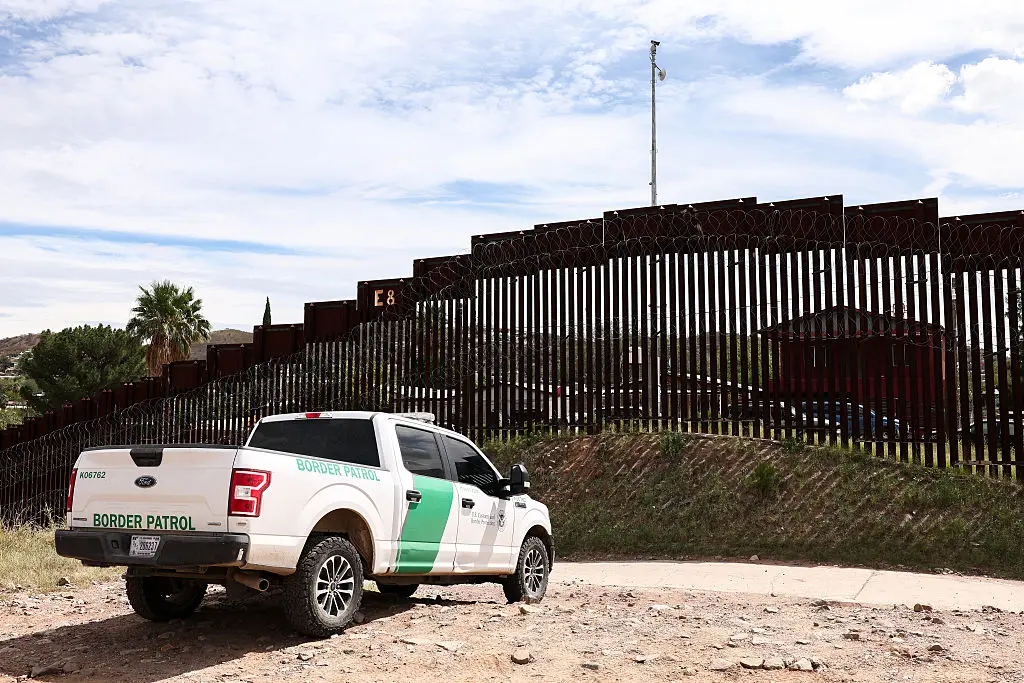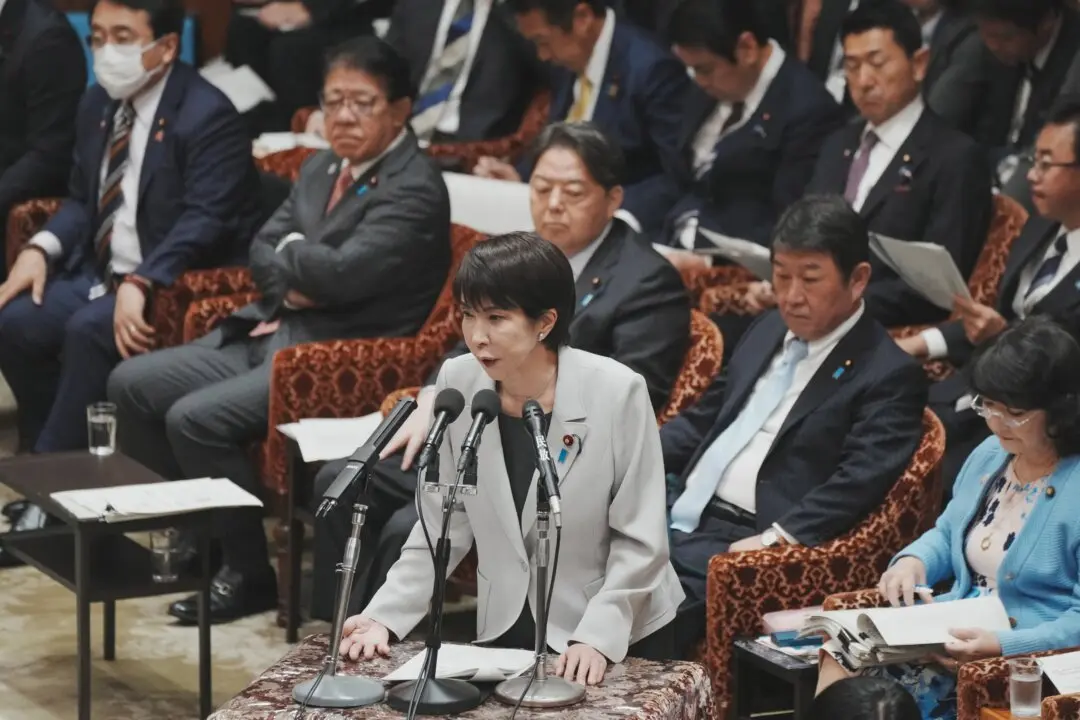Commentary
The United States is spending hundreds of billions of dollars on subsidies, much of which is wasted on failed projects, ones that never get off the ground or that are getting hasty payouts before President-elect Donald Trump takes office.The Inflation Reduction Act of 2022 alone could cost taxpayers as much as $1.8 trillion in tax subsidies, some of which will go to the oil and gas industry, which is getting about $35 billion in tax breaks over the next decade. The Infrastructure Act of 2021 increased federal subsidies by almost $550 billion.





